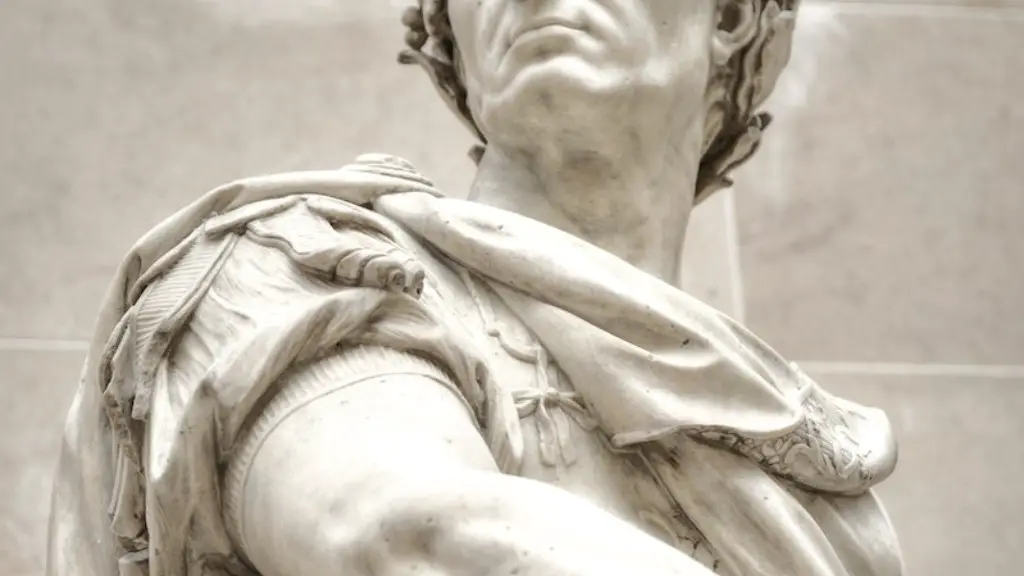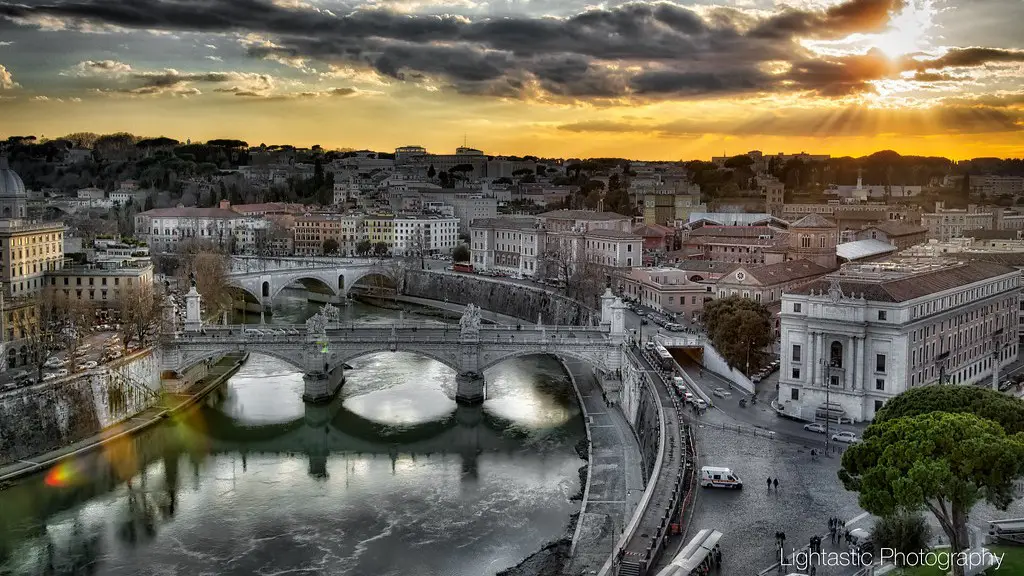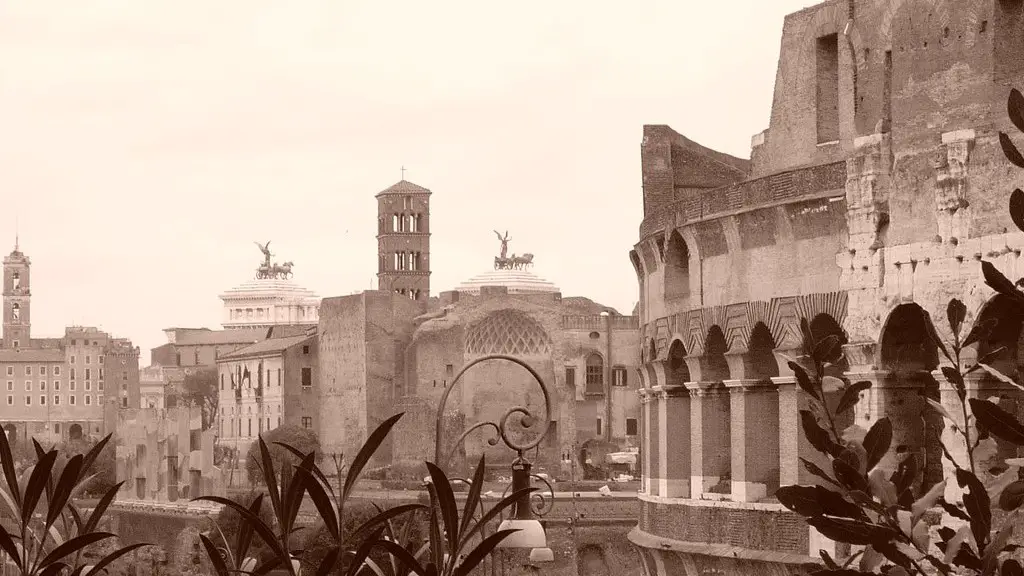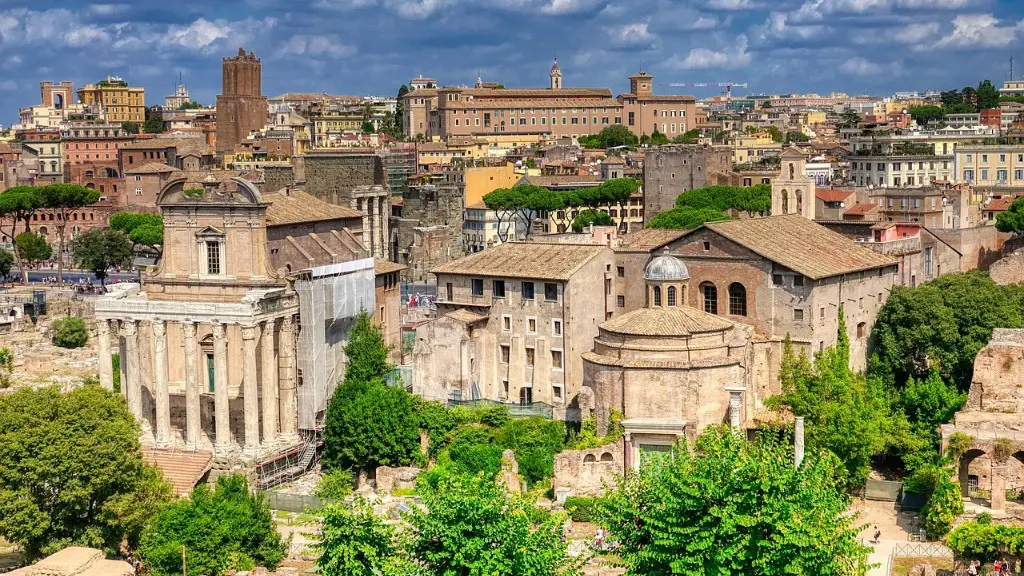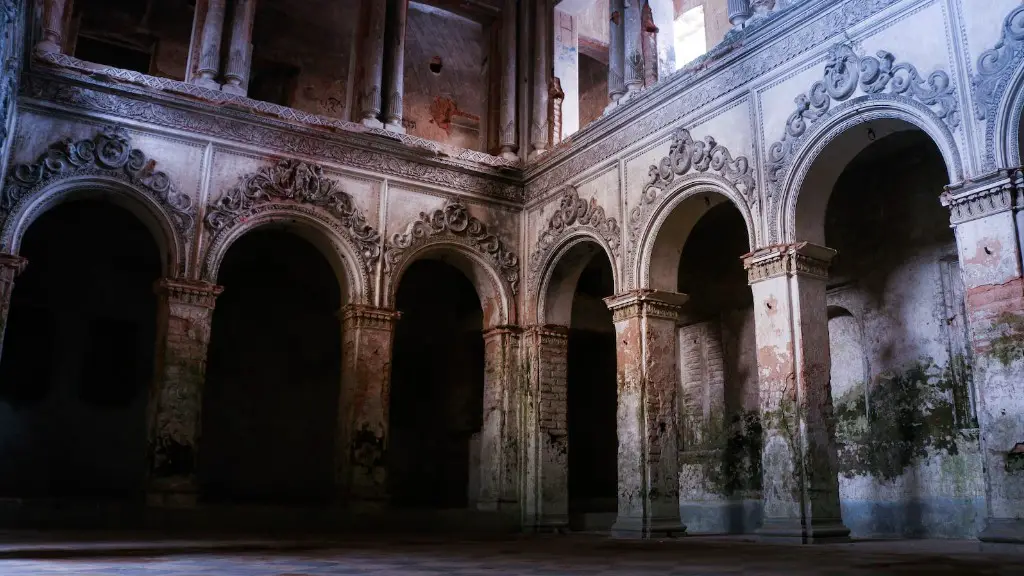Ancient Rome expanded its territory primarily through conquest. After defeating an enemy, Rome would typically occupy their land and incorporate it into the empire. This process of expansion through conquest continued until the empire reached its greatest extent under Emperor Trajan in the early 2nd century AD.
The Roman Republic began to expand its territory around the Mediterranean basin through a series of military campaigns and alliances with like-minded countries. The Roman Empire reached its largest territorial extent under the rule of Emperor Trajan, who oversaw military campaigns in Dacia and Parthia.
When did Rome expand its territory?
The Roman Republic was founded in the 6th century BC, and Rome began expanding shortly thereafter. However, it wasn’t until the 3rd century BC that Rome began to expand outside of the Italian peninsula.
The Po and Tiber River Valleys are some of the most fertile soil in all of Rome. This allowed them to grow a diverse selection of crops, such as olives and grains. This not only fed the empire’s population, but also allowed for a surplus that could be traded with other societies. The empire’s wealth also allowed for a strong military that could conquer new lands.
How did Rome use its army to expand its territory
Roman military policies were highly effective in helping to expand the empire. The soldiers were well trained in the latest tactics of war and were well equipped with the weapons of war. One of the responsibilities of the legion soldiers was to defend the Roman Empire and not conquest. This helped to keep the empire safe from outside invaders.
Rome was able to gain power in the Mediterranean region by conquering various territories through a series of wars, known as the Punic Wars. By offering Roman citizenship to many of the conquered peoples, Rome was able to incorporate them into their society and maintain control over the area.
How did Julius Caesar expand Roman territory?
Caesar was a great military leader and expanded Rome’s territories by stabilising the territories under imperial control. He also gave rights to new Romans, which set the conditions for later expansion. Rome became one of history’s great empires under Caesar’s leadership.
The Roman Empire was one of the largest empires in world history. It was, at its height, the most powerful force in the Mediterranean. The Roman Empire can be divided into three distinct periods: The Period of Kings (625-510 BC), Republican Rome (510-31 BC), and Imperial Rome (31 BC – AD 476). The Roman Empire was founded in 625 BC by the legendary Romulus and Remus. The Roman Republic was founded in 509 BC, when Rome’s first king, Lucius Tarquinius Superbus, was overthrown by the Roman people. The Roman Empire began in 31 BC, when the Roman Republic was conquered by the Roman general, Julius Caesar. The Roman Empire reached its greatest extent under the rule of the Emperor Constantine the Great (r. 306-337 AD). The Roman Empire ultimately fell due to economic, military, and political problems.
Why did Rome try to expand?
The Romans realized that they could become even more wealthy by conquering land further away from them. They were not content with simply conquering land near to them. The more wealthy and powerful the Romans became, the more able they were to further expand their empire. This was their motivation for conquering Western Europe.
Trajan was a master military strategist and under his rule, the Roman Empire reached its farthest territorial limits. The empire spanned from Scotland to North Africa and east across the Mediterranean to Mesopotamia. Trajan’s reign was a golden age for the Roman Empire and it is still admired by military historians today.
What was the first stage of Roman expansion
During the first period of expansion, Rome drove out the last of the Etruscan kings and became a republic. The Romans wanted to protect their borders and gain more land. They conquered their Latin neighbors in central Italy.
As the Romans gradually conquered the Italian peninsula, they extended their dominion over the entire Mediterranean basin and expanded their empire into continental Europe. Pompey the Great and Julius Caesar were two important leaders in this expansion, extending Rome’s influence over Syria, Jerusalem, Cyprus, and Gaul.
How did the Roman Empire expand and support trade?
Today, the roads and sea routes are safe for traders thanks to the Roman army. In turn, trade helps the economy grow. People in each area of the empire can sell what they grew or made to people in other areas who could use these goods. They can also buy things that they couldn’t produce for themselves. Thanks to the Roman army, trade is flourishing and the economy is growing.
Rome expanded its territory by military conquest and maintained control by just treatment of those conquered. Rome was able to expand its territory and maintain control by providing good governance and infrastructure to the people it conquered.
How did Rome keep its empire
The Roman Empire was a complex political machine, with a number of different institutions and levels of authority. Augustus was the first emperor and he dramatically shifted power away from representative democracy to centralized imperial authority. Under Augustus’s reign, emperors gained the ability to introduce and veto laws, as well as command the army. This dramatic shift in power away from the people and towards the emperor changed the course of the Roman Empire and shaped the World as we know it today.
The Roman Empire is one of the largest and most influential empires in history. It began as a small city-state in central Italy and expanded to include most of the Mediterranean world. The Roman Empire is known for its military prowess, engineering feats, and architecture, as well as its legal system and government.
The Roman Empire expanded over time because it had strong leaders who conquered new lands and expanded the empire’s territory. The empire also benefited from its location at the crossroads of major trade routes. The Roman Empire split into eastern and western parts in the 4th century AD because it became too difficult for one central authority to govern such a large territory.
How did Augustus Caesar expand Rome?
Augustus expanded the Roman Empire by annexing Egypt, Spain, and central Europe. This increased trade and fostered the growth of an enormous trade network.
While ancient civilizations certainly waged war for all of the reasons mentioned in the prompt, it’s important to remember that war was not the only way that these civilizations interacted with their neighbors. They also traded goods and ideas, and formation of alliances was not uncommon. So while war was certainly a part of ancient civilizations, it was not the only aspect.
How much territory did Rome conquer
The Roman Empire was one of the largest empires in history. At its peak, it controlled 2 million square miles of territory and had tens of millions of people. This many people and this much land required sophisticated administration and technology. The Roman state had a complex bureaucracy, developed an extensive network of roads, and had a professional army. This allowed the empire to function and allowed it to maintain control over its vast territory.
The Roman Empire reached its greatest extent in 117 CE under the emperor Trajan. However, when Trajan died, much of the territory he had conquered in Mesopotamia was quickly lost. From that point on, Rome’s frontiers became relatively stable.
Final Words
Ancient Rome expanded its territory by conquest. The Roman army would conquer a territory and then establish a province. The Senate would then pass a law called the Lex Rubria which declared that all free men in the new province were now citizens of Rome.
The Roman Republic was founded in 509 BC by Romulus and Remus, two of the sons of Mars, the god of war. After its establishment, Rome began to expand its territory. Rome first annexed the nearby city of Latium in order to secure its position. It then went on to conquer the rest of Italy, as well as parts of Europe, North Africa, and the Middle East. By the time the Roman Empire fell in 476 AD, it had become one of the largest empires in history.
